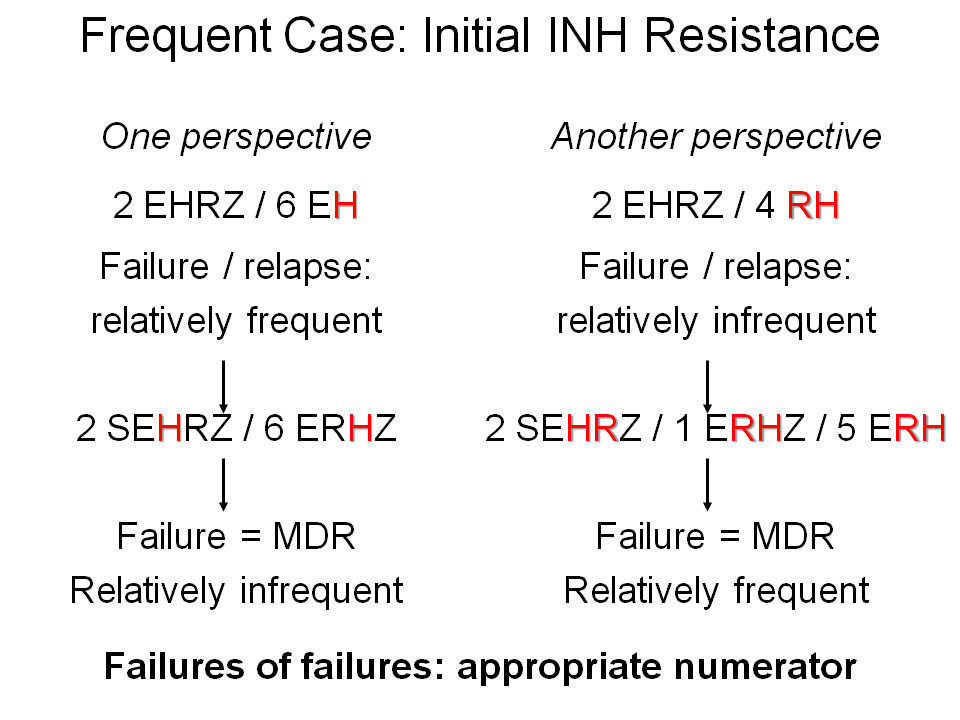 |
|
| |
|
|
| Slide |
087 |
Interventions for Tuberculosis Control and Elimination |
 |
Next |
 |
 |
Previous |
 |
First |
 |
Last |
Two different apporaches to treatment in a national program were discussed. One approach opted for the less efficacious 8-month first-line regimen which would result in a larger proportion of patients requiring a fallback regimen than would be the case with the 6-month regimen. This disadvange of lower efficacy would be compensated by the possibility that the still relatively small proprotion of patients failing treatment could be successfully treated and cured with a regimen based on first-line drugs, but using rifampicin throughout.
The altenrative position argues that it is not ethical to deprive patients in poor countries of the most efficacious 6-month regimen as the first-line regimen. With such a regimen, failures and relapses (see the slides on the clinical trial of the Union) would be fewer, about half only if the trial experience would hold, thus fewer patients would require re-treatment. The draw-back of this approach is of course that a fallback regimen based on first-line drugs is obsolete (though it was still advocated by the proponents of this approach) and in fact a regimen truly efficacious for the treatment of multidrug-resistant tuberculosis would be required.
While there are recommendations for regimens for multidrug-resistant tuberculosis, these are still virtually nowhere implemented, for several reasons. Firstly, these regimens are of 15 to 21 months duration; secondly, it is recommended that they are given directly observed throughout the entire duration; thirdly, these regimens are based on often poorly tolerated drugs with a multitude of often complex adverse drug events that require treatment by specialists that are not available at the intermediate level close to the patient's residence; and finally, the drugs are expensive and difficult to obtain at preferential prices. |
| |
|
Go to top
Last update:
September 29, 2010